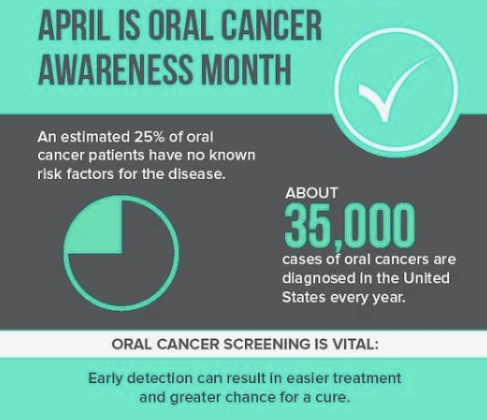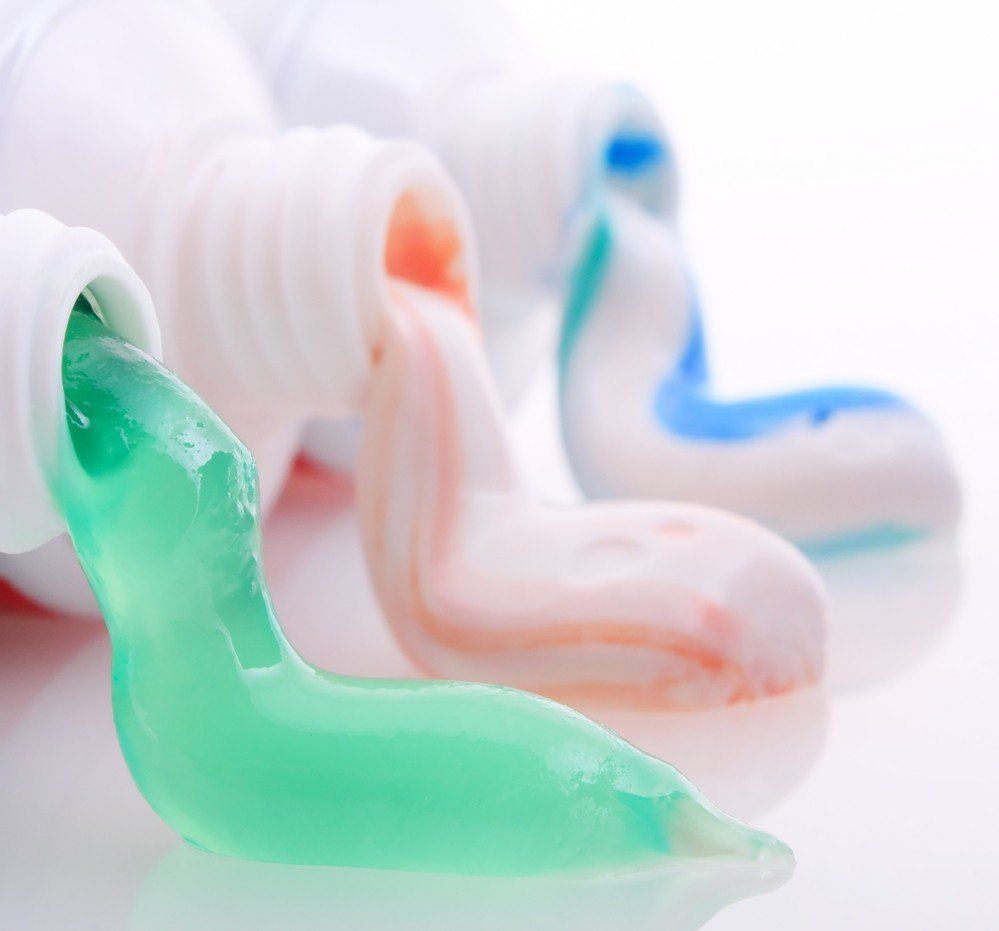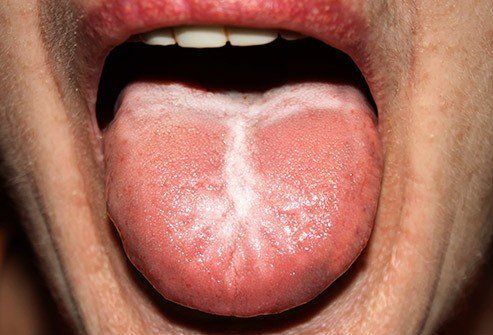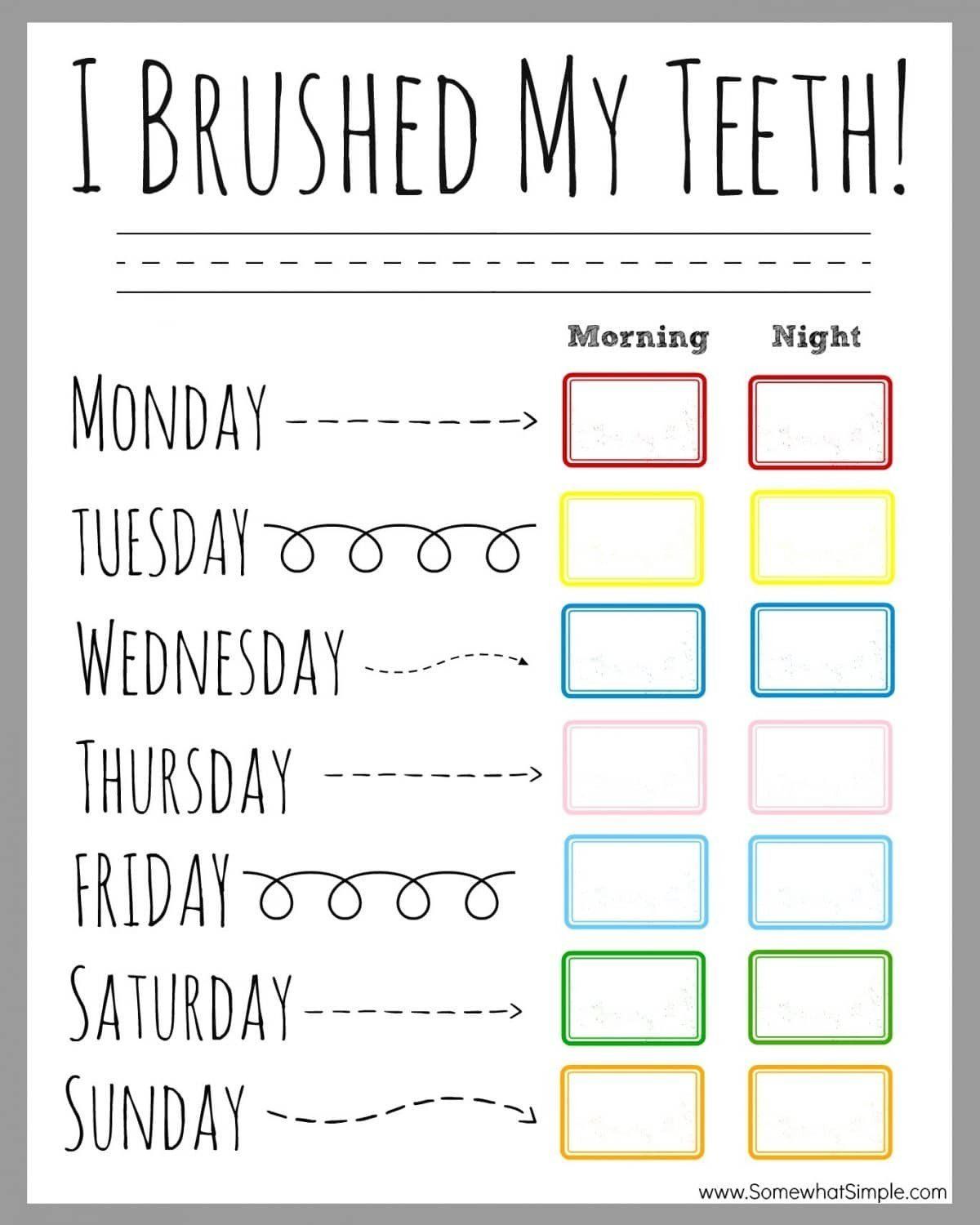Holiday dental tips
- By Jennifer Lotfy
- •
- 28 Nov, 2017
- •

With the holidays quickly approaching, it could be easy to forget how important our dental hygiene can really be! Here’s the top 10 dental tips for during the holidays.
Stay clear of candy canes! Candy canes can crack your teeth if you bite down the wrong way! Make sure to brush after having holiday candy as well.
SODA!!! Holiday parties = even more access to soda. If you really want to drink soda, drink it with a straw or switch to some carbonated water.
Red wine! Remember, red wine stains your teeth. White wine is a better option but if you can’t escape red wine, make sure to eat with food as well.
Turkey helps your body fight tooth decay! Turkey contains both protein and phosphorus - both help your body fight tooth decay and keep your teeth strong and healthy.
Stocking stuffer idea - a cool new toothbrush, some floss, and a brand new tube of toothpaste.
Choose veggies as your appetizer! The Vitamin A from eating vegetables will strengthen your enamel.
Say cheese! Another classic appetizer that is always out on the table is cheese! Chomping on some cheese will give you calcium and help neutralize the pH levels of boozy beverages.
Sing a holiday song or two while you’re brushing. Brushing for at least two minutes can be fun this way! Make sure to get your gums and tongue as well.
Ever try to rip open some packages or cut some string with your teeth? Around the holidays, we do that constantly. Try to stop yourself from using your teeth as a tool! Using your teeth as a tool can chip or even break a tooth!
Dessert time! Try to eat fruits instead of digging into that big chocolate cake or holiday dessert. A plate of fruit will save your teeth and also satisfy your cravings for something sweet. This is a win-win situation.

Contact us!
https://www.fabuloussmilesdental.com/contact

ADA Approval
First, make sure you choose a product approved by the American Dental Association and displaying the seal on its packaging. There are plenty of fluoride-free, organic, and all natural options tested by the ADA for both safety and effectiveness at keeping the teeth clean. Products without these seals have not necessarily been tested for their claims and quality, so you’re gambling with the health of your mouth by using them.
Focus on Needs
Consider what your teeth need the most to choose a toothpaste with the right extras. Whitening toothpaste can’t always replace professional whitening from a dentist, but it does work to prevent surface stains that cause your white smile to lose its brightness after treatment. Most toothpastes tend to target one of more of the following conditions or needs:
- Sensitivity, in the gums and teeth, from mild to severe pain
- Fluoride products are essential for kids, adults who don’t get enough of it in their diet, and people with diabetes and many other conditions
- Anti-cavity, which most products cover but which should always be checked
- Anti-gingivitis, ranging from over the counter to prescription products for healthier gums.
Watch Out!
There are a few products you don’t want to use on your teeth, and they’re often sold as cosmetic products rather than medically tested toothpaste. Any whitening toothpaste with a very abrasive ingredient, ranging from natural walnut shell to plastic microbeads, can leave your teeth with enamel damage that is permanent and hard to treat. Activated charcoal powders can also discolor teeth along with eroding your enamel. Look for toothpaste products that reinforce enamel rather than damaging it.
Picking a Toothbrush
Of course, the toothpaste still needs to be applied to the teeth with the right tools to effectively protect you from cavities and gum disease. The wrong toothbrush can damage your enamel, scratch your gums, or fail to remove trapped food from between your molars. Only use soft bristled brushes unless given advice from your dentist to the contrary. For most people, stiff bristles are too hard for their gums. The tip of each bristle should be rounded and not pointed or square so that food debris and tartar comes loose with each sweep. Replace your brush every three months even if it still looks new and fresh since bacteria can build up over time.
Need more advice about what to do to take care of your teeth? Make an appointment with your dentist for a routine cleaning or a timely inspection. You can discuss your concerns without feeling rushed and determine if your current oral health practices are sufficient for keeping your smile bright, healthy, and strong.

Creamy white spots could be thrush, a fungal infection (shown below). It often happens after an illness or medications throw off the balance of bacteria in your mouth. White patches that look lacy could be lichen planus, which means your immune system is attacking the tissues in your mouth. If you see hard, flat, white areas that can’t be scraped away, it could be leukoplakia, which is linked to cancer. Let your dentist know about any white patches you see.


